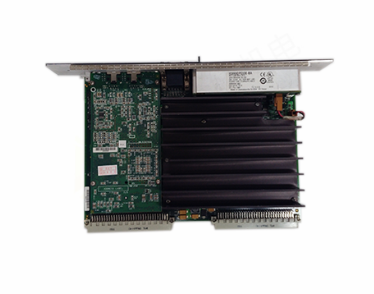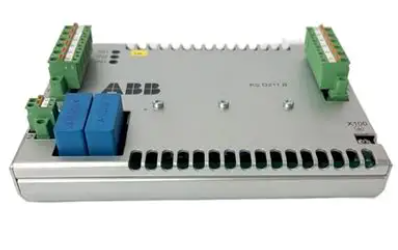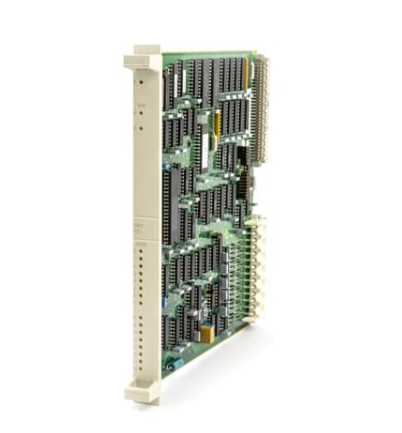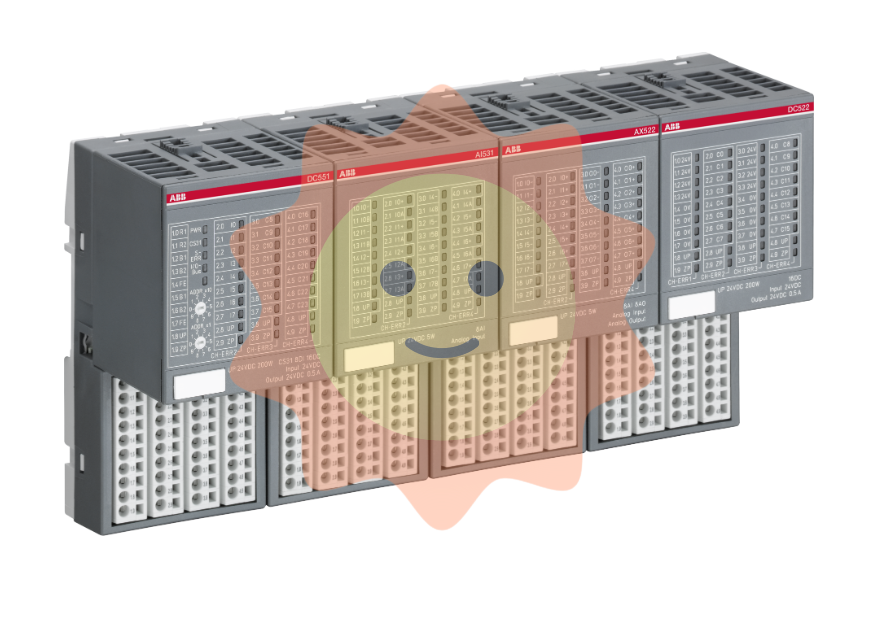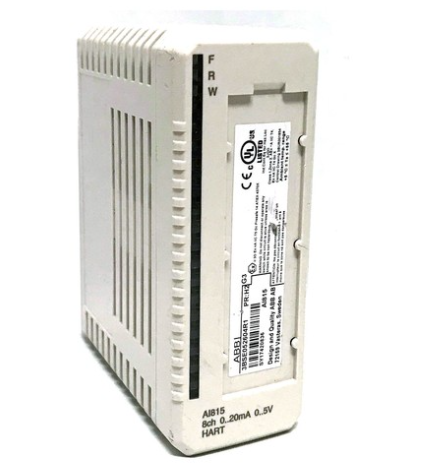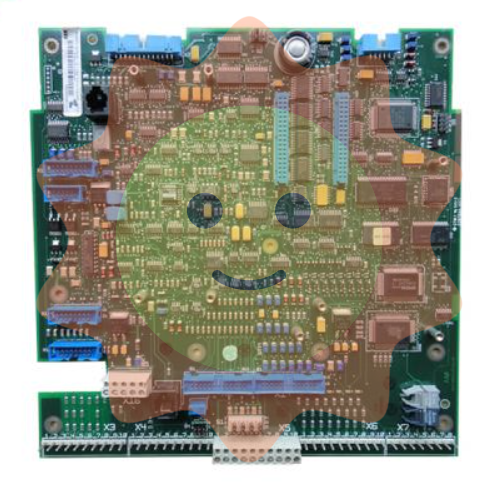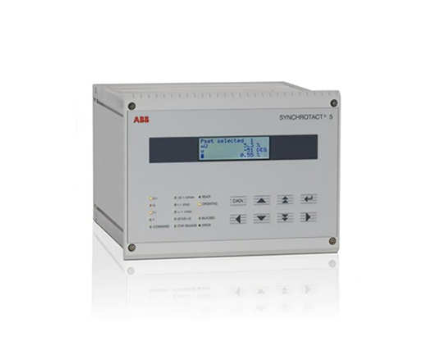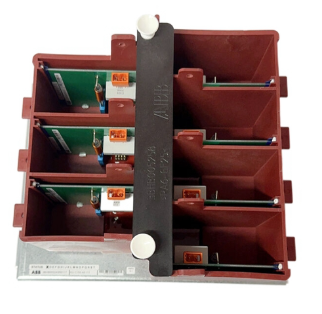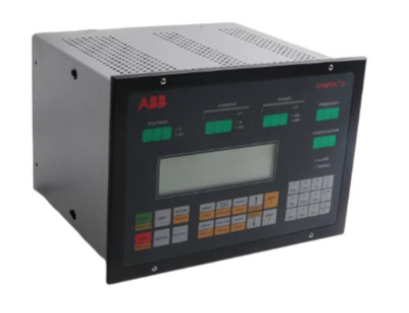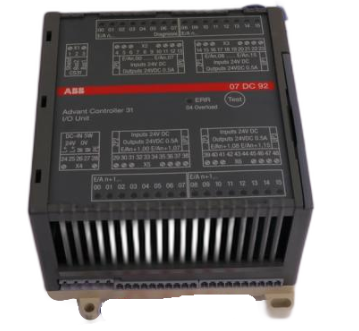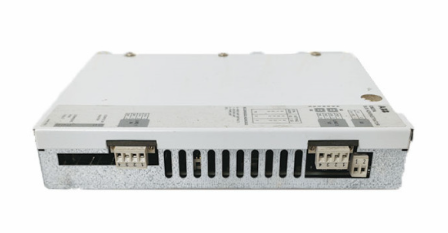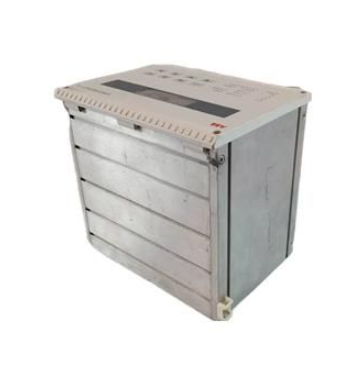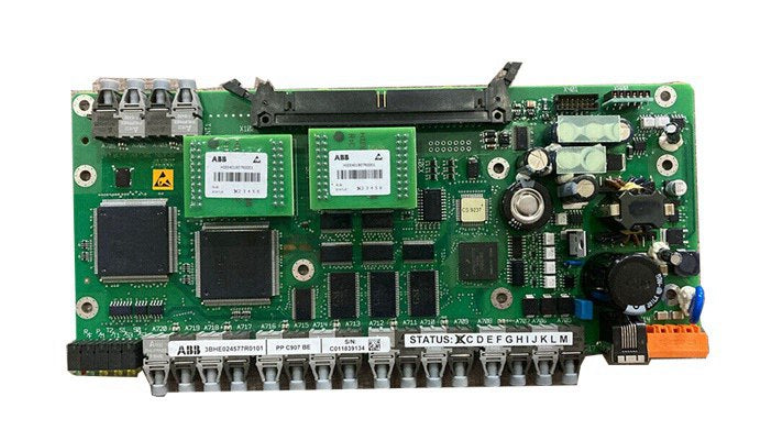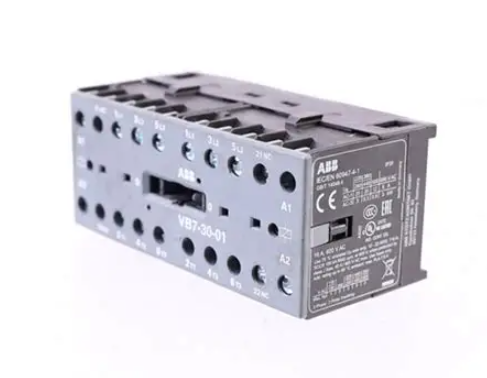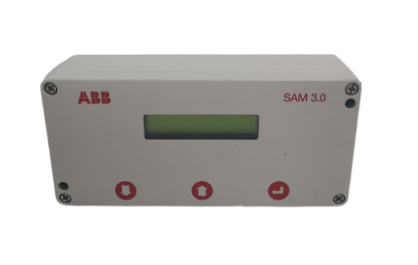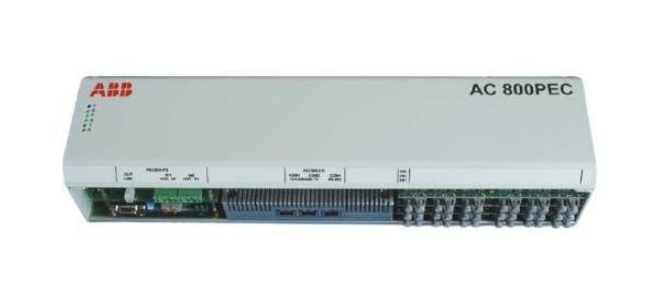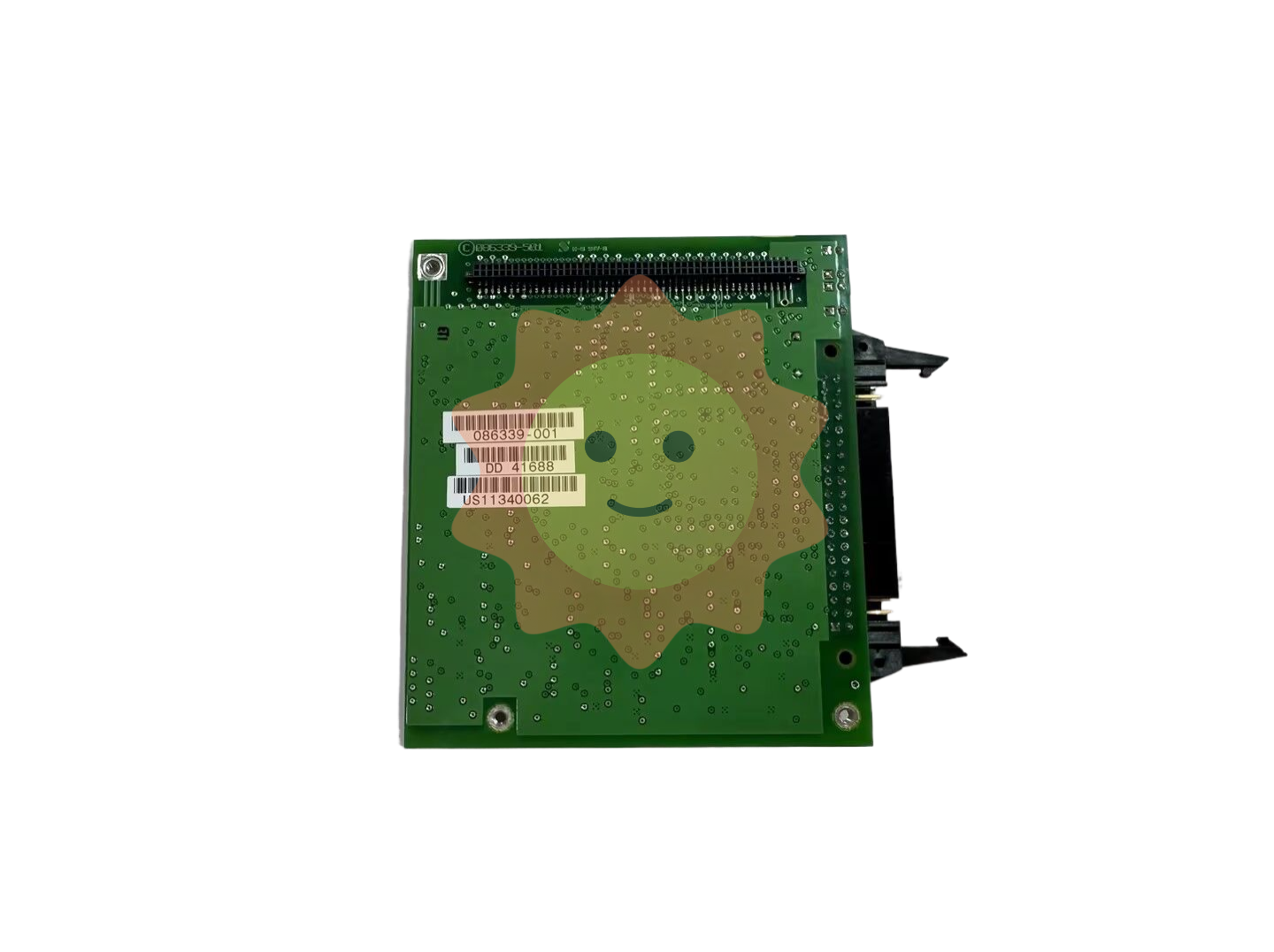XYCOM XVME-957 VMEBUS Mass Storage Subsystem No Hard Disk
Provides a high-capacity IDE hard disk drive and a 1.44 Mbyte 3.5" floppy disk drive in a single VMEbus slot. Designed to be compatible with Xycom's VME PC/AT processors. Form Factor: 6U (Double)
The XYCOM XVME-957 VMEBUS Mass Storage Subsystem (without hard drives) is designed to meet the demand for large capacity, high-speed data storage in industrial environments. It abandons traditional hard disk storage media and adopts more advanced storage technologies, such as flash memory storage, solid-state storage arrays, etc., to achieve efficient storage and fast reading of data. This subsystem is connected and communicates with other devices (such as industrial computers, controllers, etc.) through the VMEBUS bus, and can quickly and stably transmit data. It can be widely used in data recording of industrial automation production lines, video storage of industrial monitoring systems, data acquisition and storage of scientific research, and other scenarios, providing users with efficient and reliable data storage services.
Regularly update the firmware and management software of the storage subsystem to obtain the latest features and performance optimizations, while fixing potential security vulnerabilities and software defects. During the update process, strictly follow the operating instructions to avoid system failures caused by improper operation.
(3) Environmental requirements
The storage subsystem should be installed in a dry and well ventilated environment to avoid the impact of high temperature and humidity on equipment performance and lifespan. The working temperature range is generally -20 ℃ to+60 ℃, and the storage temperature range is -40 ℃ to+85 ℃, ensuring that the ambient temperature is within the allowable range of the equipment.
Stay away from strong electromagnetic interference sources, such as large motors, transformers, and other equipment, to prevent electromagnetic interference from affecting the data storage and communication functions of the storage subsystem. If it is unavoidable to use in strong electromagnetic environments, electromagnetic shielding measures can be taken, such as using a shielded chassis.
(4) Maintenance and upkeep
Regularly check the working status of the storage subsystem, view device operating parameters, error logs, and other information through management software, and promptly identify potential problems. Check if the VMEBUS bus connection is loose and if the cables are damaged. If there are any issues, promptly address them.
Although the absence of a hard drive design reduces the probability of hardware failure, it is still necessary to regularly clean the storage subsystem by using a clean brush or compressed air to clean the dust on the surface of the equipment and the heat dissipation holes, ensuring good heat dissipation of the equipment and preventing performance degradation or failure due to poor heat dissipation.
- EMERSON
- Honeywell
- CTI
- Rolls-Royce
- General Electric
- Woodward
- Yaskawa
- xYCOM
- Motorola
- Siemens
- Rockwell
- ABB
- B&R
- HIMA
- Construction site
- electricity
- Automobile market
- PLC
- DCS
- Motor drivers
- VSD
- Implications
- cement
- CO2
- CEM
- methane
- Artificial intelligence
- Titanic
- Solar energy
- Hydrogen fuel cell
- Hydrogen and fuel cells
- Hydrogen and oxygen fuel cells
- tyre
- Chemical fiber
- dynamo
- corpuscle
- Pulp and paper
- printing
- fossil
- FANUC
- Food and beverage
- Life science
- Sewage treatment
- Personal care
- electricity
- boats
- infrastructure
- Automobile industry
- metallurgy
- Nuclear power generation
- Geothermal power generation
- Water and wastewater
- Infrastructure construction
- Mine hazard
- steel
- papermaking
- Natural gas industry
- Infrastructure construction
- Power and energy
- Rubber and plastic
- Renewable energy
- pharmacy
- mining
- Plastic industry
- Schneider
- Kongsberg
- NI
- Wind energy
- International petroleum
- International new energy network
- gas
- WATLOW
- ProSoft
- SEW
- wind
- ADVANCED
- Reliance
- YOKOGAWA
- TRICONEX
- FOXBORO
- METSO
- MAN
- Advantest
- ADVANCED
- ALSTOM
- Control Wave
- AB
- AMAT
- STUDER
- KONGSBERG
- MOTOROLA
- DANAHER MOTION
- Bently
- Galil
- EATON
- MOLEX
- Triconex
- DEIF
- B&W
- ZYGO
- Aerotech
- DANFOSS
- KOLLMORGEN
- Beijer
- Endress+Hauser
- MOOG
- KB
- Moxa
- Rexroth


Email:wang@kongjiangauto.com

